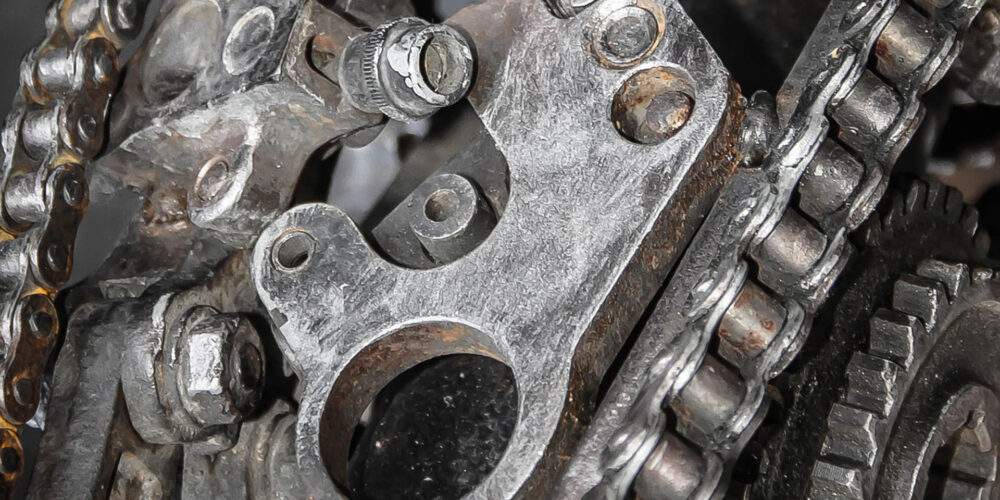Your car’s timing belt is one of its most critical components. It’s responsible for ensuring the engine’s camshaft and crankshaft move in sync, allowing the engine’s valves to open and close at the right times. However, like many car parts, the timing belt doesn’t last forever. Neglecting to replace it when necessary can lead to serious engine damage, so it’s essential to know when and why it needs replacing. We’re here to help.
What Does the Timing Belt Do?
The timing belt is a rubber belt with teeth on the inside that keeps the engine’s camshaft and crankshaft in sync. It ensures that the engine’s valves open and close at precisely the right time to allow air and fuel into the combustion chamber and to expel exhaust gases. In some cars, the belt also drives the water pump, which is crucial for engine cooling.
How Often Should the Timing Belt Be Replaced?
Most manufacturers recommend replacing the timing belt every 60,000 to 100,000 miles or approximately every 5 to 7 years, depending on your car’s make and model. However, the exact mileage or age for replacement will be outlined in your car’s owner manual or service guide. It’s crucial not to ignore this maintenance interval. A snapped timing belt can result in costly engine repairs or even a complete engine replacement.
Signs That Your Timing Belt May Need Replacing
Although timing belts are usually replaced based on mileage or age, there are a few signs that might indicate it’s wearing out prematurely:
- Strange Noises: If you hear a ticking or rattling noise coming from the engine, it could be a sign that your timing belt is starting to wear out.
- Engine Misfires: If your engine is misfiring, it might be due to the timing belt slipping or being out of sync.
- Difficulty Starting the Car: A severely worn or broken timing belt can cause trouble when trying to start the car.
- Visible Wear and Tear: During routine maintenance, your mechanic can check the timing belt for cracks, fraying, or glazing.
What Happens if the Timing Belt Fails?
If the timing belt snaps while driving, the engine’s pistons and valves can collide which can cause severe damage to the internal components, including bent valves, damaged pistons and even a cracked engine block. The cost to repair this can be enormous, often requiring a full engine rebuild or replacement. A non-interference engine may not incur as much damage, but the car will still come to a stop, leaving you stranded.
Timing Belt Replacement
While replacing the timing belt might seem like a significant expense, it pales in comparison to the cost of engine repairs if it breaks. Proactively replacing the belt at the manufacturer recommended intervals is a smart way to avoid more severe (and expensive) issues down the road.
Timing belt replacement is not a DIY task. It requires specific tools and expertise to ensure the new belt is installed correctly and that your engine’s timing is perfectly calibrated. If you’re unsure whether your timing belt needs replacing or you’ve reached the mileage or age milestone, it’s best to consult a qualified mechanic.
The timing belt plays a vital role in the health of your engine. Replacing it at the recommended intervals can prevent costly repairs and extend the life of your vehicle. If you suspect your timing belt might need replacing, or if it’s time for a check-up, contact us today to book an appointment with one of our expert mechanics.

